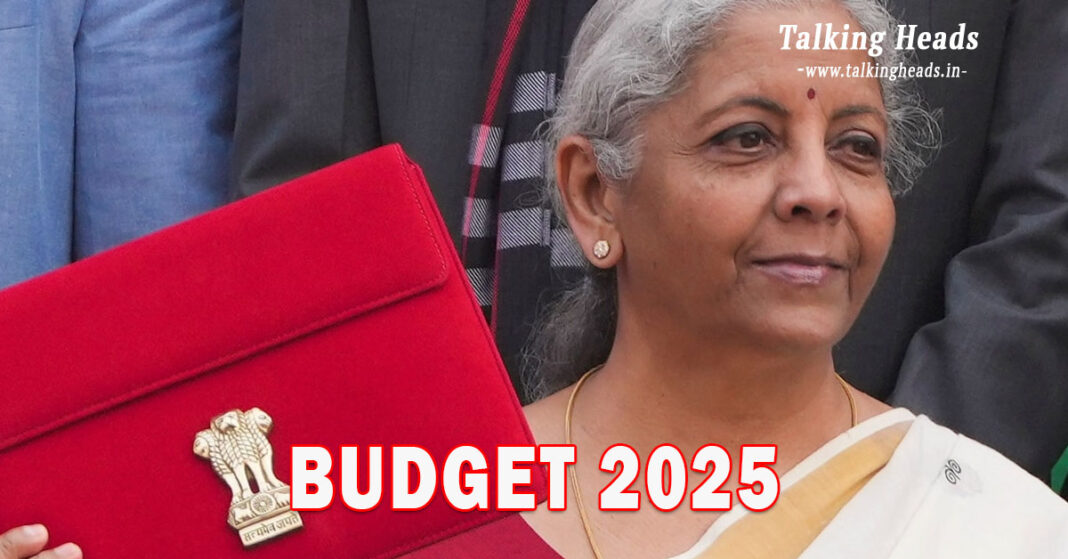Budget 2025: The Union Budget 2025, presented on February 1, will come into effect from April 1, 2025. This budget brings several key changes that will impact taxpayers, investors, and the general public. While some benefits will be immediate, others, such as infrastructure projects and welfare schemes, will take time to materialize.
Here are 6 major changes that will kick in from April 1, 2025:
Table of Contents
Budget 2025: 1. Major Tax Slab Revisions – Big Relief for Salaried Individuals
What’s Changed?
The new tax regime now offers significant relief:
- No tax on income up to ₹12 lakh for salaried individuals.
- With a standard deduction of ₹75,000, the tax-free income limit increases to ₹12.75 lakh.
- A new tax slab of 25% for incomes between ₹20 lakh and ₹24 lakh has been introduced.
Impact:
Previously, the 30% tax rate applied to incomes above ₹15 lakh. Now, this threshold has been increased to ₹24 lakh, providing substantial tax savings for the middle and upper-middle-class.
2. Higher TDS Limits – Less Burden on Low-Income Earners
What’s Changed?
The Tax Deducted at Source (TDS) limits have been raised for various categories:
- Rental Income: TDS exemption doubled from ₹2.4 lakh to ₹6 lakh.
- Senior Citizens: TDS limit on interest income from bank FDs increased from ₹50,000 to ₹1 lakh.
- Professional Services: TDS threshold raised from ₹30,000 to ₹50,000.
Impact:
These changes reduce the TDS burden on individuals with lower incomes, improving cash flow and financial flexibility.

3. Revised TCS Limits – More Freedom for Overseas Education Expenses
What’s Changed?
For students planning to study abroad, the Tax Collected at Source (TCS) limit has been raised from ₹7 lakh to ₹10 lakh. Additionally, TCS will not apply if the money is transferred through a financial institution like a bank loan.
Impact:
This change eases the financial pressure on families sending children abroad, as they can now transfer up to ₹10 lakh without facing additional TCS charges.
4. Extended Timeline for Filing Updated Returns – 48 Months Window
What’s Changed?
Taxpayers now have up to 48 months (instead of the previous 24 months) to file updated returns. The revised timelines are:
- 24–36 months: 60% additional tax on the due amount.
- 36–48 months: 70% additional tax on the due amount.
Impact:
This extension allows individuals and businesses more time to correct errors in their tax filings, promoting voluntary compliance and reducing the risk of penalties.
5. New Capital Gains Tax on ULIPs – Higher Premiums Now Taxable
What’s Changed?
If the annual premium of a Unit Linked Insurance Plan (ULIP) exceeds ₹2.5 lakh, it will be treated as a capital asset, and capital gains tax will apply:
- Long-Term Capital Gains (LTCG): 12.5% tax if held for over 12 months.
- Short-Term Capital Gains (STCG): 20% tax if held for 12 months or less.
Impact:
High-net-worth individuals who used ULIPs for tax-free investment will now face taxes. This change aims to curb the misuse of ULIPs as tax-saving tools.
6. Additional Key Changes You Should Know
- Standard Deduction Increased: Benefits salaried employees and pensioners.
- Higher Deduction Limits for NPS: Promotes retirement savings.
- Simplified GST Filing: Easier compliance for small businesses.










